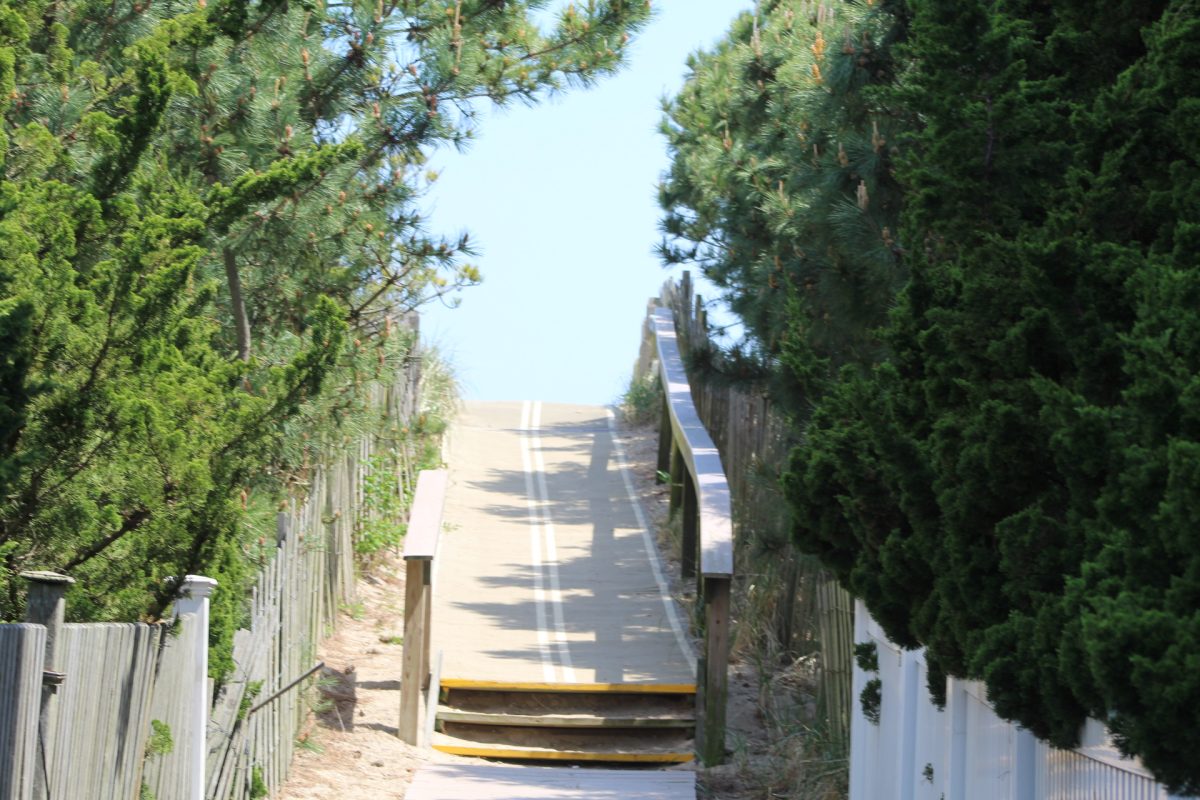For 130 years the San Joaquin Valley, the former home of Lake Tulare, has been the capital of farming in California. For the first time since the 1800s, Lake Tulare has returned… with a vengeance.
Originally Lake Tulare was Lake Corcoran and took up most of the Valley in California. It was formed by melting glaciers and rainfall. One day the water reached capacity and started to overflow, Lake Corcoran was swept out to the Pacific Ocean leaving most of the valley dried up. Only a fraction of the water remained which was dubbed Lake Tulare, the former largest freshwater lake west of the Mississippi, and the 6th largest lake in North America.
In the 1800s farmers moved to the Valley to take advantage of the fertile soil left behind by the lake and it became one of the most high-yielding farming regions in the United States. Although, like today, California has suffered an extreme lack of rainfall. The government, not wanting to lose that agricultural region, decided to step in. They used Lake Tulare to irrigate the fields. But as it turns out, a lake in a place with low rainfall can’t survive when used for irrigation. The US government were warned that the lake was reaching dangerously low levels and that the irrigation of that lake should be stopped, but alas, they didn’t listen, Which caused the demise of Lake Tulare. Until 130 years later. In the year of 2024 because of a season with a lot of rainfall and glacier runoff, Lake Tulare, now dubbed “the Ghost lake”, is back from the dead.
Although, in those 130 years that the dreaded ghost lake was gone people moved onto the land where the formerly dried up lake once resided. Farms, houses, stores and so much more were submerged underwater, displacing all the people who have lived in San Joaquin. 100,000 acres of land are now underwater.
On a positive note, lake wildlife has returned to Lake Tulare, ducks have been seen swimming in the water and frogs treading water on the shore line. Although, there have been concerns of the farm chemicals and dangerous equipment that now reside at the bottom of Lake Tulare.
And even though all of the properties in San Joaquin are underwater, don’t ready your paddle boards just yet, because Lake Tulare, despite being illegal to own any bodies of water in California, is considered private property. Private property lines have appeared around the shore line. Just because the farms are underwater does not mean they are not still there.
According to Jay Lund, a professor of environmental engineering at the University of California, as the climate crisis continues Lake Tulare will continue to come back to the San Joaquin Valley in increasingly extreme wet years.
So, is our infamous ghost lake here to stay? What does this mean for the people of San Joaquin Valley? Only time, and the weather, will tell.







